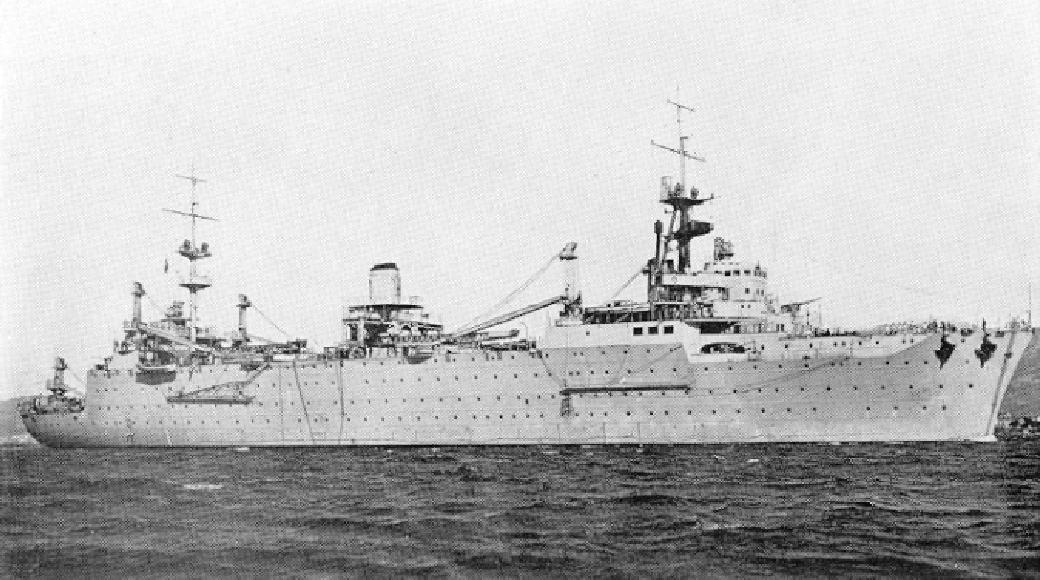Can it Carry Bombs? by @whatisinaname
A new defensive system by the Liberators
As the 8th AF was loosing hundreds of bombers per month, any suggestion to defend the lombering giants was accepted. One of the most radicals was the installation of the triple rocket launcher M10 been instaled on the rear of the B-24 Liberator bombers (neither the B-17 and B-29 had this system installed - B-17: tail sat to low on the ground for its instalement and installing in other places on the aircraft would had extra drag; B-29: with the 20mm cannon in the tail (most of the time) and with better fire control system was seen the the adding of the rockets unessessary).
As reports between mid-1943 up to D-Day shown that the lower ball turret only enganged enemy aircrafts on about 5%, all bombers with the rockets installed (the lead elements of the High, Low and Low Low Elements of the Combat Box) had their lower ball turrets removed and said rockets attached, with a hatch in the tail for the waist gunners be able to reload the weapons, while a fire button was added for the tail gunner. With a proximity fuse installed on the rockets, they would actually the bombers in some instances as the rockets would scare the newbies Luftwaffe pilots from both propeller and jet driven aircrafts (while not a single direct hit was recorded, the shrappnel from the rockets did shoot down a few fighters, and many more were damaged)
Decisive Darkness: What if Japan hadn't surrendered in 1945? by @The_Red
An F6F Hellcat shooting down an A6M (converted as a kamikaze), November 14th 1945
On the X-Day of Operation Majestic, the greatest aerial battle occured simultaneous with the landings, as many as ten thousand japanese planes would take off in several waves to attempt to destroy the Allies naval flotilla. For the more than ninth thousands combat aircrafts off the Allies, this was a massive task, and as casualties began to rise on the fleet and the men on the ground, any and all available armed aircrafts were send to stop the massive waves of enemy aircrafts (when you realize that nearly 80% of the Medal of Honor and Navy Crosses won by pilots in the entire Pacific War were from actions on the 14 to 16 of November, including on a ace-in-a-day pilot flying a SC-1 Seahawk!!, you see how desperate they were).
As mentioned, many pilots from the USN, USMC, USAAF and FAA (plus a single RAF pilot from an Tempest II squadron sent alongeside Tiger Force) would become ace-in-a-day, with four even becoming twice in the same day (and many more close by), from fighters to dive-bombers, from medium bombers to the already mentioned floatplanes (only the heavy bombers didn't have any pilots that reached ace status, from the air, as they could have with the amount of bombs dropped on the airfields in Kyushu).
While they have defended with success most of the invasion fleet, with was with their own sacrifice, as more than one thousand aircrafts were lost (to the point that three undamaged Essex-class carriers had to pull out due to the lack of aircrafts!!), and with many pilots and crewmembers exausted, they couldn't support the Army and Marines in the ground as much as they wanted.
"Goring's Reich" An Alternate World War II and Gorings Reich (Part 2) Heartland versus Rimland by @galveston bay
The predecessor of the Belgian Shock Reconnaissance Company, the Belgian Expeditionary Corps in Russia
When the Axis invaded the Soviet Union in September 1939, many volunteers from other European nations would join the Soviet forces to once again fight against fascism, as they did during the SCW. Most came from the Balkans (Greece and Yugoslavia), but France was were the biggest number of volunteers from an individual nation came from, enough to form their own Shock Divisions, the 1871st Shock Division (number taken from the Paris Commune). Even so, Belgium and Switzerland volunteers formed their own units inside the French own to help the same to gain strengh. It was used near Leningrad from early 1940 to augment the soviet forces based there. A few pilots also join the VVS, but due to a lack of numbers, only formed an single Independent International Escadrille, flying Sukhoi Su-2 ground attack aircrafts.
After the death of Stalin, in September of the same year, and the signing of the Treaty of Riga, all foreign units were disbanded and most were able to return home (and many off them were arrested) and when Germany invaded the West in 1941, they would use their knowlege to help the defense of their home nations (but were ignored, due to political reasons above everything else).
Last edited:


